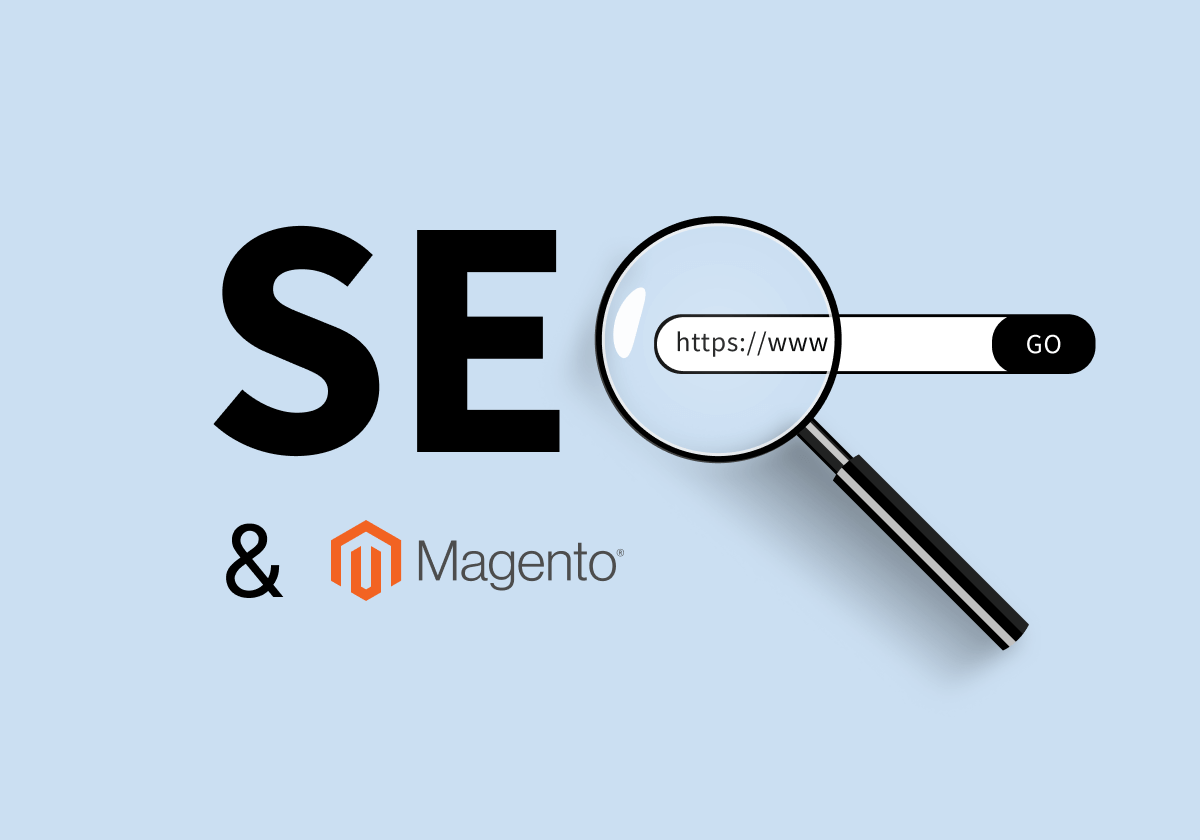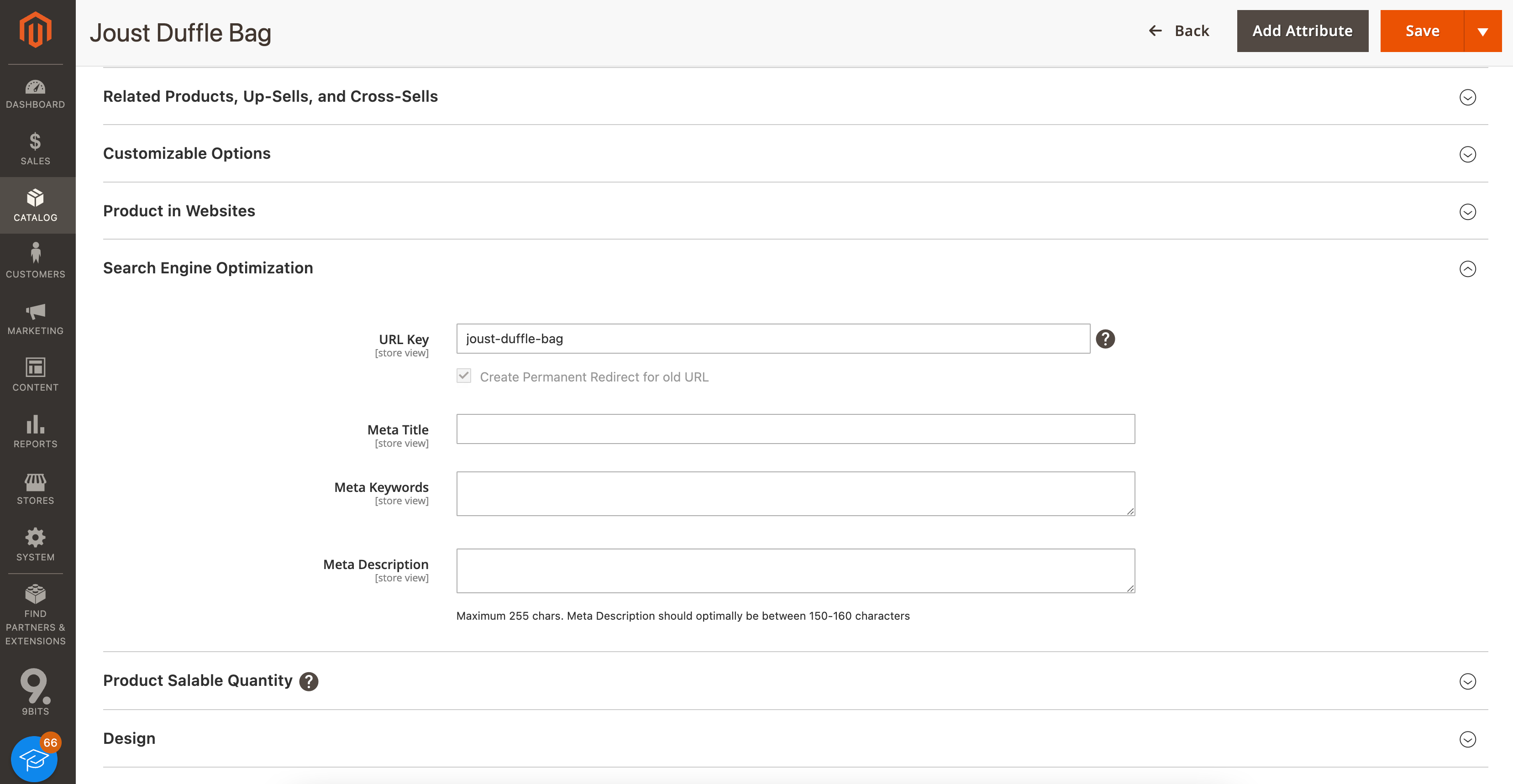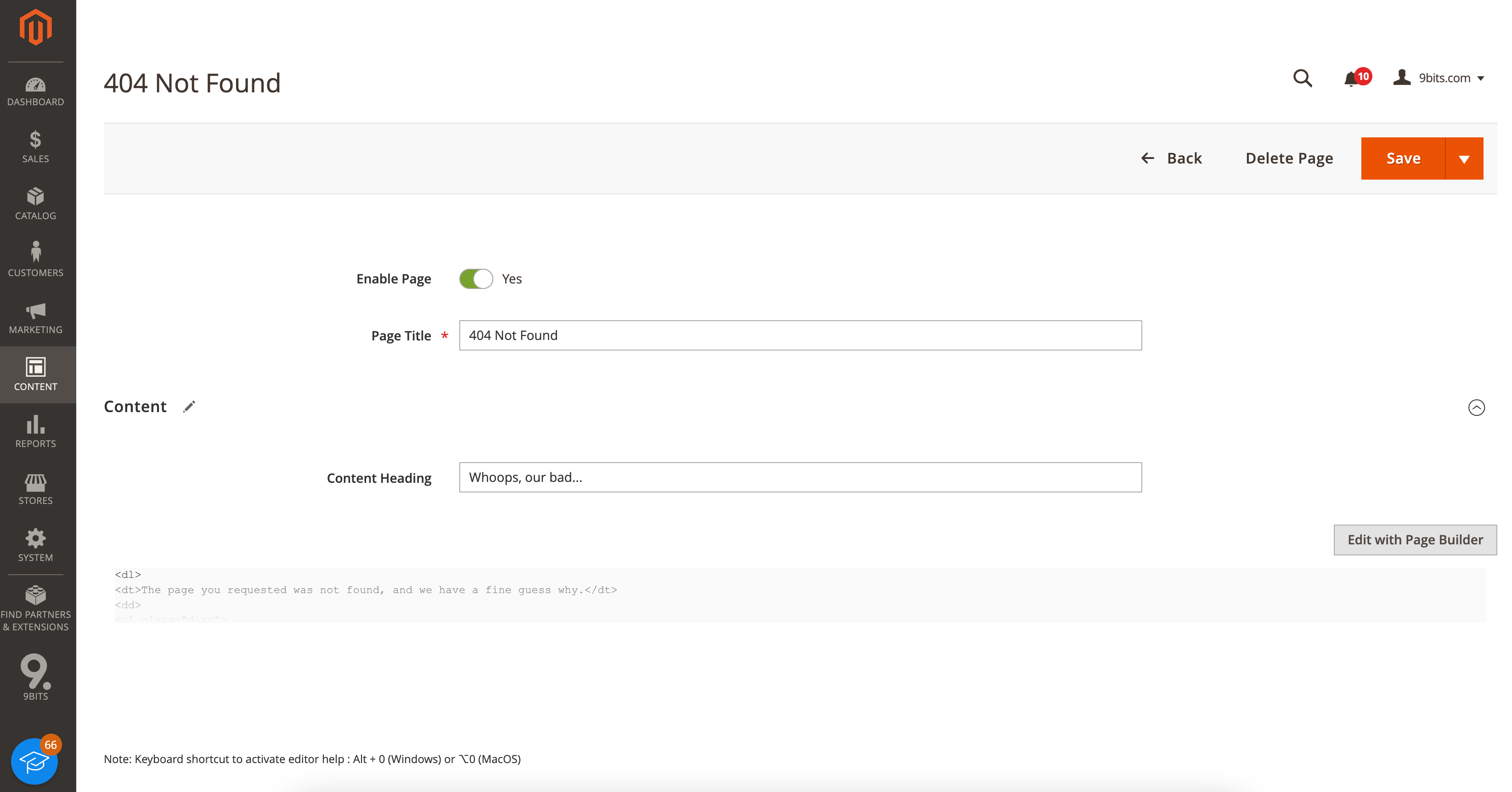SEO on Magento 2 - How to Ensure Proper E-commerce Positioning on Magento

In today's world, e-commerce is an integral part of our daily lives. Online stores offer a wide range of products and services, and the competition in this industry is enormous. That's why it's crucial for your website to be easily discoverable in Google and other popular search engines.
Building and optimizing the front-end of Magento 2 in accordance with SEO principles is a key element that can contribute not only to increasing the visibility of your online store in search results but also to the success of your business. Here are some key SEO (Search Engine Optimization) strategies for creating and developing e-commerce sites based on the Magento 2 framework that will help you stand out from the competition and increase the visibility of your online store.
Meta Tags and Keywords
The first step to effective e-commerce SEO is selecting the right keywords. These are phrases that potential customers enter into search engines to find products or services you offer. Conduct thorough keyword research to determine which queries are most popular in your industry.


Tools like Google Keyword Planner can help you find suitable phrases. Customize meta titles, meta descriptions, and meta headers for each page, product, and category, incorporating the relevant keywords. Integrate keywords into titles, product descriptions, meta tags, and page content.
Responsiveness - Mobile-First
More and more people use mobile devices for browsing and online shopping. Therefore, Google and other search engines prioritize website responsiveness. Ensure that your front-end is fully responsive, and the site functions correctly on mobile devices. This not only impacts SEO but also user experience. You can use the built-in Luma theme or choose a theme integrated with responsive design.
Internal and External Linking
Internal linking (linking between different pages on your website) and external linking (links from other websites to yours) are crucial for SEO. Create valuable content that encourages others to link to your website. Ensure that your internal links are logical and assist users in navigating the site.
URL Structure
Ensure that your website's URL structure is clear and SEO-friendly. URLs should contain keywords related to the specific page, rather than long strings of numbers and characters. A good URL example is "yourdomain.com/categories/product-name" instead of "yourdomain.com/index.php?id=12345".
Configure SEO-friendly URLs to include keywords related to the page's content and disable dynamic URLs that contain special characters.
Use canonical tags to avoid content duplication issues on different URL versions.
Schema Markup
Schema markup, also known as Structured Data, is a type of code (metadata) placed on web pages to help search engines understand what exactly is on the web page and what information is most important.
Schema markup applies special labels and tags added to the web page's content. These labels inform search engines about the location of product reviews, company location, or event organization details. This helps search engines better understand page content and display more detailed information in search results.
Using Schema markup can have several benefits, including improving website visibility in search results, increasing click-through rates, and displaying rich snippets in search results, such as product ratings, prices, opening hours, etc. Therefore, add relevant schema markup to your products and other data to enhance search results.
Header Structure (H1, H2, H3, etc.)
Headers like H1, H2, H3, and so on create a content hierarchy on a web page. The H1 header is the most important and is used to define the main topic or title of the page. H2 headers are used for subsections, and H3 for sub-subsections, and so on. Search engines use this hierarchy to understand the structure and organization of content on the page. Headers often contain important keywords related to the page's topic.
Search engines give more weight to keywords in H1 and H2 headers, which can help them understand the page's content. Search engine crawlers use headers to identify key content on a page. Well-structured headers make content more readable for users, helping to increase user retention on the page because it's easier for them to find the information they're interested in. Header structure is also important for mobile device optimization. Proper use of headers can help adapt content to different screen sizes and improve the user experience on mobile devices.
Site Map
Sitemaps are tools that make it easier for search engine crawlers and website owners to understand the structure and content of a website. They provide valuable information to search engines, which can improve a website's position in search results and overall online visibility. Create an XML sitemap and update it regularly to help search engines index your site.
Content Optimization and Uniqueness
Another key element of effective e-commerce SEO is optimizing the content on your website. This includes both product descriptions and content on category pages, blogs, or the homepage. It's important to naturally incorporate keywords into the content, avoiding excessive use (known as "keyword stuffing").
Ensure content uniqueness – copying product descriptions from other sites can lower your website's position in search results. Create unique and valuable content on your e-commerce site, especially on product and category pages.
Additionally, configure Magento 2 to avoid content duplication issues related to naming and subpage elements of the store. Pay attention to points like indexing "cart" and "checkout" pages.
Image Optimization
In e-commerce, product images play a significant role. However, many online stores overlook their SEO potential. To optimize images, give them appropriate file names, descriptions, and alt attributes. Optimizing image file sizes can also speed up page loading, which is crucial for mobile users.
Page Loading Speed
Page loading speed is crucial for both users and search engine rankings. A slow website can deter customers and lower its position in search results. Optimize code and resources to reduce page loading times. Use compression, caching, and minimize CSS and JavaScript files. Utilize speed testing tools to ensure your website is optimized for fast loading.
Minimizing Errors and Technical Issues
Regularly monitor your website for 404 errors, performance issues, and other technical problems that can affect SEO. Ensure that error pages (e.g., 404 pages) are handled properly and provide useful information to users.


Configure your website to avoid content indexing issues on different versions of HTTP (http:// and https://, with and without www).
Monitoring and Analysis
One of the final but no less important steps in effective e-commerce SEO is monitoring and analyzing results. Use traffic monitoring and SEO results analysis tools such as Google Analytics and Google Search Console. Regularly adjust your SEO strategy based on the data you obtain to achieve even better results.


Updates and Support
Regularly update Magento 2 and all plugins and themes. Provide technical support to quickly resolve any SEO-related issues. Remember that SEO is a long-term process, and results may appear gradually. It's worth dedicating time and effort to properly adapt your website to search engine requirements and user needs.
SEO for e-commerce is an incredibly important element of success in online retail. Effective SEO optimization can help you increase visibility in search results, attract new customers, and boost sales. Therefore, it's worthwhile to invest time and effort into aligning your website with search engine requirements and user needs.




